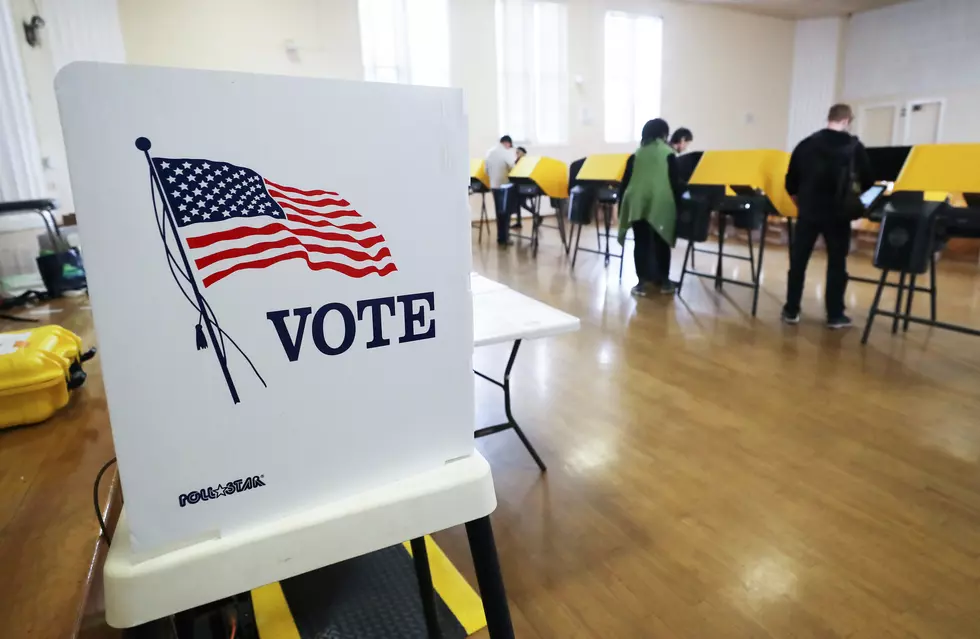![Oil Pipeline Safety Review Council Issues Report [Audio]](http://townsquare.media/site/119/files/2012/05/oil-pipeline-300x225.jpg?w=980&q=75)
Oil Pipeline Safety Review Council Issues Report [Audio]
After the Silvertip Pipeline oil spill in the Yellowstone river in 2011, Governor Schweitzer appointed a Pipeline Safety Review Council tasked with advising the governor on "all existing oil pipelines running underneath Montana's river and streambeds." On Tuesday, the council published a preliminary report detailing six recommendations ranging from supporting more money for the Pipeline and Hazardous Materials Administration (PHMSA), to keeping the Montana Pipeline Safety Map's data up to date. Regulatory Affairs Manager for the Department of Environmental Quality, Bonnie Lovelace explains the goals of the commission and many of it's findings.
Because interstate oil pipeline safety is regulated at the federal level by PHMSA, none of the council's findings are binding. The council is still looking for public feedback to the following recommendations.
RECOMMENDATION #1: DEQ should maintain an agreement with PHMSA
and the NPMS to keep the MT Pipeline Safety Map data current and available to
the Council Agencies by submitting information on remedial actions, pipeline
inspections, returned surveys, and safety and easement information. Support
PHMSA in its efforts to expand its current NPMS system with more information.
B. Regulatory Framework: The state has various programs for some type of pipeline
regulation; however, the Public Service Commission is the only state agency with direct regulatory
authority over any pipelines (intrastate gas lines). All other safety related
authority rests with the PHMSA and preempts state regulation of safety factors.
PHMSA conducts all the pipeline safety inspections, not only in Montana, but in
almost all states. The problem is that PHMSA is a relatively small, certainly
understaffed federal agency. PHMSA devoted a lot of resources to Montana
following the break of the Silvertip Pipeline in the Yellowstone River in July
2011. It inspected about 100 river crossings of 100 feet or more and some of the
nearby smaller crossings. It discovered several “at risk” areas, and is overseeing
the companies’ efforts to correct the problem crossings. Still, PHMSA could only
inspect the major river crossings in Montana, and smaller creek crossings that are
narrow or have intermittent flows, were not addressed.
RECOMMENDATION # 2: Support adequate funding for PHMSA and the
PSC for their work to oversee pipeline safety.
RECOMMENDATION # 3: Support all reasonable efforts to require pipeline
companies to have state of the art leak detection systems in place.
RECOMMENDATION # 4: Support all reasonable efforts to require emergency
plans that allow the fastest possible valve shut off for stopping the flow of
pipeline contents in case of a rupture.
RECOMMENDATION # 5: Support local government and PSC efforts to obtain
and operate notification systems for citizens to be informed as soon as possible
when ruptures occur.
RECOMMENDATION # 6: Support DNRC and DEQ in reviewing and
implementing land use licensing and easement applications for river crossings,
and in requiring safety and environmental measures to protect the banks and
channels of the rivers.
More From Newstalk KGVO 1290 AM & 98.3 FM









